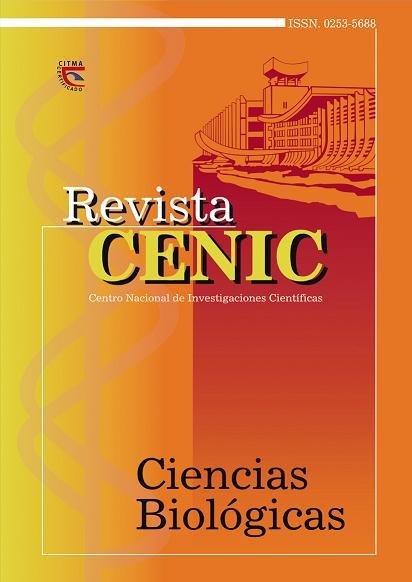Detección de aislados clínicos de Escherichia coli y Klebsiella spp. productoras de β-lactamasas de espectro extendido mediante el sistema DIRAMIC
Abstract
In the past few years there has been an increasing interest about extended-spectrum betalactamase
(ESBL) producing Enterobacteriaceae. The organisms of this phenotype develop the ability to hydrolyze many classes
of antibiotics, including third generation cephalosporins and aztreonam. They confer variable level of resistance to
oxyimino-betalactams, it is shown to increase in minimum inhibitory concentration (MIC) value, remaining sensitive
in vitro. These enzymes could be undetected in the laboratory, but it does affect the patient, because there is no activity
of the drug and therefore, can cause therapeutic failure. Hence, the accurate laboratory detection is very important. For
this research the DIRAMIC system was compared with the modified double-disc synergy test (DDD) for the detection of
ESBL. A total of 175 clinical isolates, 132 Escherichia coli and 43 Klebsiella spp., from three hospitals of the Havana city,
during the period June 2008 - June 2009, were studied. In 42 (24 %) positive isolates for ESBL detected by DDD, 39 (22.3
%) isolates were identified by the DIRAMIC system. In three isolates, the ESBL phenotype was only detected by DDD,
DIRAMIC reported as false negative. The 72.6 % of the isolates (127) were negative for both methods. Both tests had the
similar performance, shown in 92.85 % of correspondence. The DIRAMIC system exhibited 92.85 % sensitivity and 95.48
% specificity for ESBL detection compared to DDD
Downloads

Downloads
Published
How to Cite
Issue
Section
License

This work is licensed under a Creative Commons Attribution-NonCommercial-ShareAlike 4.0 International License.
Los autores que publican en esta revista están de acuerdo con los siguientes términos:
Los autores conservan los derechos de autor y garantizan a la revista el derecho de ser la primera publicación del trabajo al igual que licenciado bajo una Creative Commons Atribución-NoComercial-CompartirIgual 4.0 Internacional que permite a otros compartir el trabajo con un reconocimiento de la autoría del trabajo y la publicación inicial en esta revista.
Los autores pueden establecer por separado acuerdos adicionales para la distribución no exclusiva de la versión de la obra publicada en la revista (por ejemplo, situarlo en un repositorio institucional o publicarlo en un libro), con un reconocimiento de su publicación inicial en esta revista.
Se permite y se anima a los autores a difundir sus trabajos electrónicamente (por ejemplo, en repositorios institucionales o en su propio sitio web) antes y durante el proceso de envío, ya que puede dar lugar a intercambios productivos, así como a una citación más temprana y mayor de los trabajos publicados (Véase The Effect of Open Access) (en inglés).














